Geoffrey J. Tso
COVID-19 in differential diagnosis of online symptom assessments
Aug 07, 2020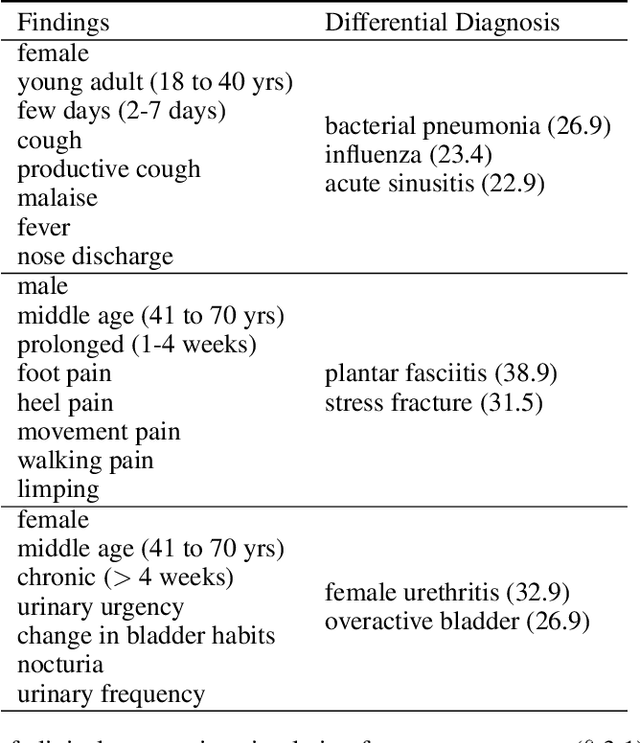
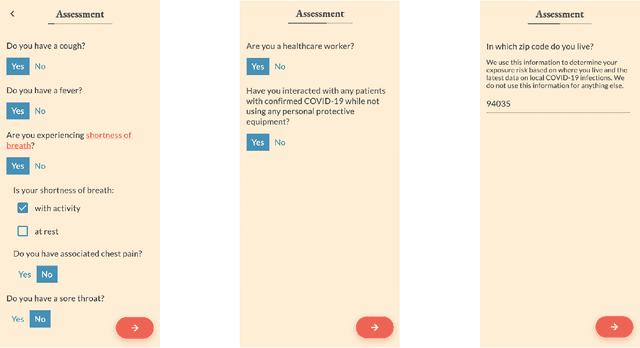

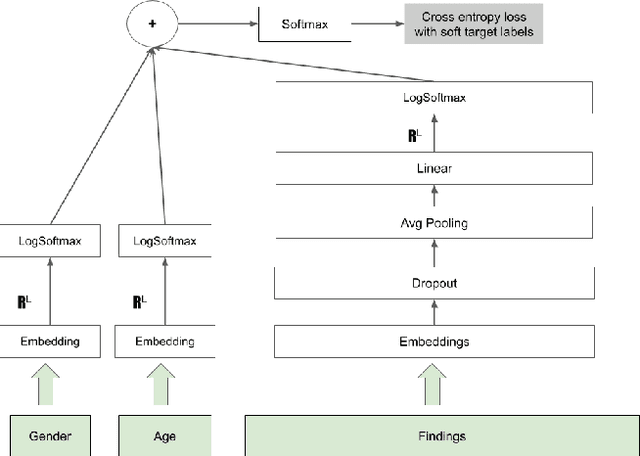
Abstract:The COVID-19 pandemic has magnified an already existing trend of people looking for healthcare solutions online. One class of solutions are symptom checkers, which have become very popular in the context of COVID-19. Traditional symptom checkers, however, are based on manually curated expert systems that are inflexible and hard to modify, especially in a quickly changing situation like the one we are facing today. That is why all COVID-19 existing solutions are manual symptom checkers that can only estimate the probability of this disease and cannot contemplate alternative hypothesis or come up with a differential diagnosis. While machine learning offers an alternative, the lack of reliable data does not make it easy to apply to COVID-19 either. In this paper we present an approach that combines the strengths of traditional AI expert systems and novel deep learning models. In doing so we can leverage prior knowledge as well as any amount of existing data to quickly derive models that best adapt to the current state of the world and latest scientific knowledge. We use the approach to train a COVID-19 aware differential diagnosis model that can be used for medical decision support both for doctors or patients. We show that our approach is able to accurately model new incoming data about COVID-19 while still preserving accuracy on conditions that had been modeled in the past. While our approach shows evident and clear advantages for an extreme situation like the one we are currently facing, we also show that its flexibility generalizes beyond this concrete, but very important, example.
Open Set Medical Diagnosis
Oct 07, 2019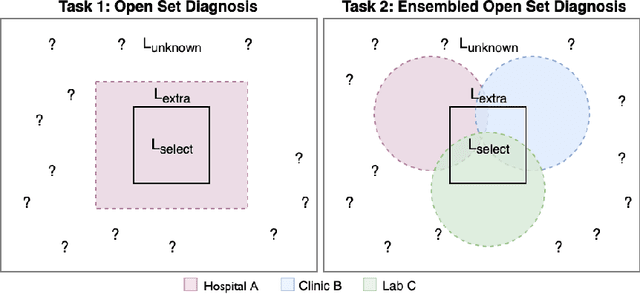

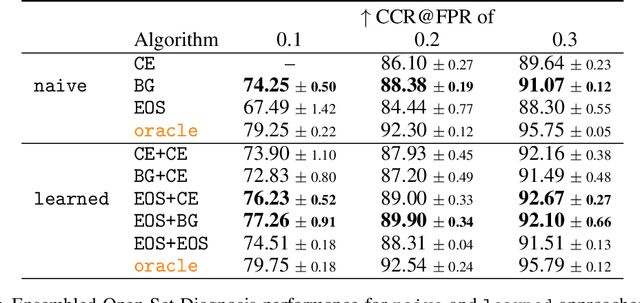

Abstract:Machine-learned diagnosis models have shown promise as medical aides but are trained under a closed-set assumption, i.e. that models will only encounter conditions on which they have been trained. However, it is practically infeasible to obtain sufficient training data for every human condition, and once deployed such models will invariably face previously unseen conditions. We frame machine-learned diagnosis as an open-set learning problem, and study how state-of-the-art approaches compare. Further, we extend our study to a setting where training data is distributed across several healthcare sites that do not allow data pooling, and experiment with different strategies of building open-set diagnostic ensembles. Across both settings, we observe consistent gains from explicitly modeling unseen conditions, but find the optimal training strategy to vary across settings.
Learning from the experts: From expert systems to machine-learned diagnosis models
Aug 14, 2018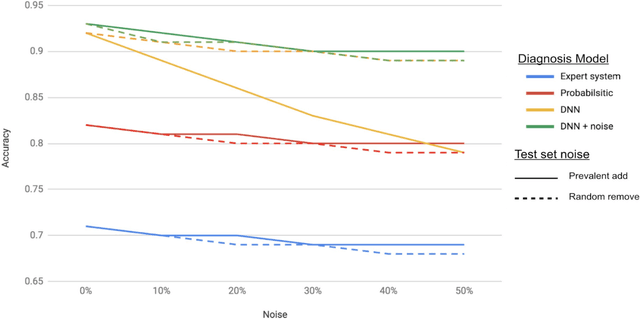
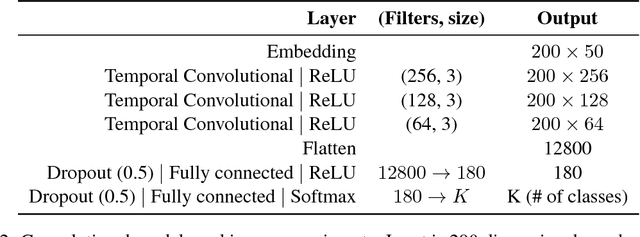
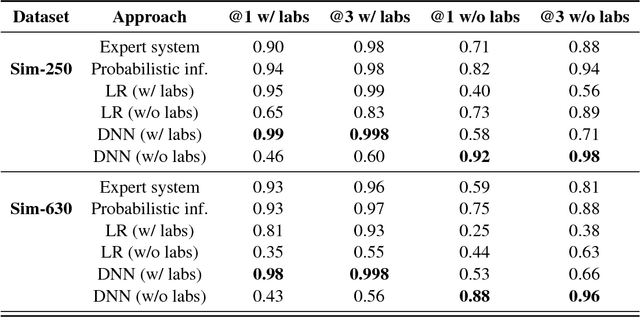
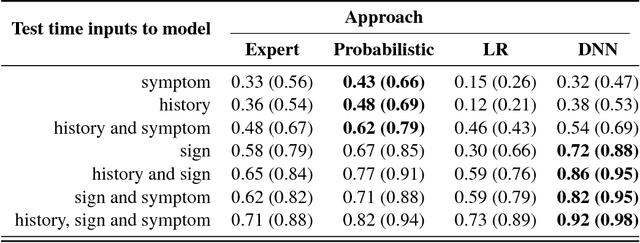
Abstract:Expert diagnostic support systems have been extensively studied. The practical applications of these systems in real-world scenarios have been somewhat limited due to well-understood shortcomings, such as lack of extensibility. More recently, machine-learned models for medical diagnosis have gained momentum, since they can learn and generalize patterns found in very large datasets like electronic health records. These models also have shortcomings - in particular, there is no easy way to incorporate prior knowledge from existing literature or experts. In this paper, we present a method to merge both approaches by using expert systems as generative models that create simulated data on which models can be learned. We demonstrate that such a learned model not only preserves the original properties of the expert systems but also addresses some of their limitations. Furthermore, we show how this approach can also be used as the starting point to combine expert knowledge with knowledge extracted from other data sources, such as electronic health records.
 Add to Chrome
Add to Chrome Add to Firefox
Add to Firefox Add to Edge
Add to Edge